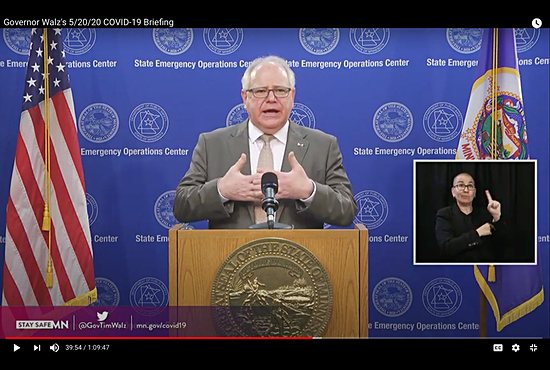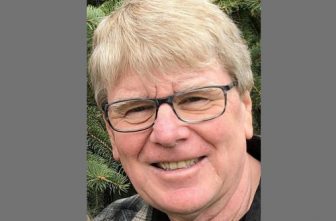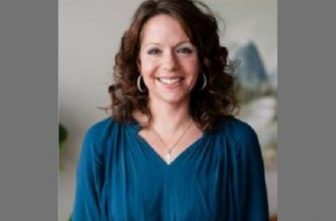
State officials see loosening worship restrictions on horizon, but no date yet
The next phase of Minnesota’s COVID-19 pandemic-response plan that begins June 1 makes no change to current restrictions for religious services, which are limited to 10 people or less indoors and outdoors, or drive-in services.
In a May 20 press conference, Gov. Tim Walz and members of his administration outlined plans for regulations loosening for restaurants and bars, campgrounds and charter boats, and salons and barber shops June 1, part of the second phase of the Stay Safe Minnesota plan, which began May 18.
The third phase of the plan has not been assigned a start date, but includes a shift for regulations around religious worship, moving to permitting 20 or fewer people indoors, and a maximum of 100 people in an outdoors setting, with social distancing of 6 feet between households. Masks will be required. A fourth phase, also undated, includes reopening with capacity restrictions around social distancing.
In an hour-long news conference, Walz and two state commissioners explained that a situation’s predictability and proximity and length of interaction has shaped the plan’s timeline for reopening different businesses and social venues.
Walz emphasized that the plan is informed by science and research, but noted that his team has wrestled on determining the best course of action for churches and other houses of worship. He acknowledged that the plan’s allowance for an outdoor dining limited to 50 people beginning June 1 but a 10-person cap on outdoor worship doesn’t line up.
“I confess on this one that we struggle on some of these, and there’s not a perfect answer,” he said, noting that the science and data isn’t clear on the level of risk posed by reinstating larger scale public worship but they’re “trying to figure out how we make that happen.”
He said a factor in their decision was “the predictability of who’s there, but you could argue, boy, I see the same people every Sunday at my congregation, and in fact, the Smiths sat in the same pew every year for 30 years, so we know exactly where they’re at, we know exactly where they are.”
“I think there is a very strong sense of urgency for us to figure this piece out around churches,” he said.
Commissioner Steve Grove, who oversees the state’s Department of Employment and Economic Development, reiterated the current regulations for churches and announced the regulations under the next phases of the plan.
He called drive-in church services in the plan’s current phase “a new way to get this right.”
He noted that as more people gather for worship, state officials will offer guidelines on congregational singing.
“We’ve got to limit singing in those environments, which of course is such a great part of church or celebration, but when you look at the data on choirs which have been total hotspots for spread, even when social distancing existed, singing is one of the worst things you can do, even when you’re socially distant from each other,” he said. “We’ll have some guidelines on that too, and I’m sure our faith leaders will get creative on those points to make sure that celebrations will still be great even with some new changes.”
On May 15, Archbishop Hebda expressed his disappointment with Walz’s omission of a plan for faith-based gatherings under his new order, Stay Safe Minnesota, but he said he was hopeful meetings scheduled with his administration May 18 and 19 would yield a plan forward.
On May 1, in anticipation of the end of Walz’s stay-at-home order, Minnesota’s bishops encouraged parishes to prepare to reopen for public Masses May 18, with a one-third capacity limit and compliance with sanitary and social distancing guidelines. Along with some Lutheran church leaders, the Catholic bishops shared their plans for reopening with Walz’s administration May 8.
On May 13, Walz outlined the next phase of his pandemic plan, which loosened restrictions in many areas of life, but retained the 10-person limit on religious gatherings he began under his previous stay-at-home order.




